Rural America has a serious internet problem

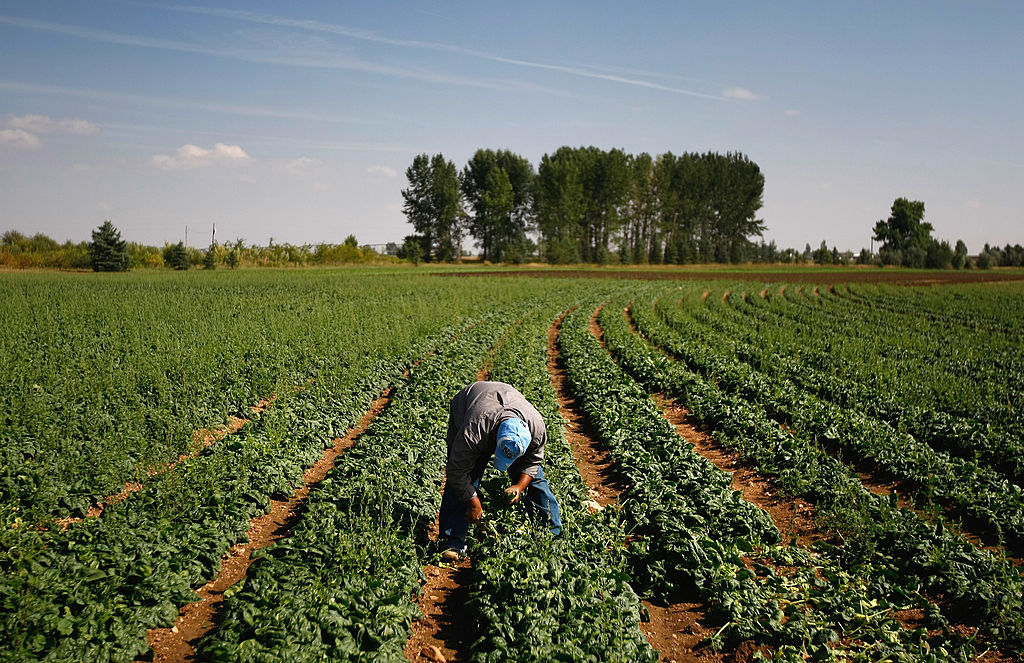
Millions of rural Americans are stranded in the "dial-up age" as internet providers continue to under-serve regions outside of major metropolitan centers, The Wall Street Journal reports. Approximately 39 percent of the rural population in the country — about 23 million people — don't have "fast" internet, which is defined as having the speed to support "email, web surfing, video streaming, and graphics for more than one device at once," the Journal writes. On the other hand, only 4 percent of urban dwellers lack fast internet.
Consider, for example, conditions in Washington County, Missouri, which has a density of just 33 people per square mile:
At the county's 911 center, dispatch director William Goad sometimes loses his connection to the state emergency system. That means dispatchers can't check license plates for police or relay arrest-warrant information.As severe thunderstorms approached in late February, Mr. Goad tried to keep watch using an internet connection sputtering at speeds too slow to reliably map a tornado touchdown or track weather patterns."We drill for oil above the Arctic Circle in some of the worst conditions known to man," Mr. Goad said. "Surely we can drop broadband across the rural areas in the Midwest." [The Wall Street Journal]
Installing fiber-optic cables, which cost about $30,000 a mile, simply isn't financially feasible for sparsely populated regions of America. Such communities are instead served by existing copper lines, which are still too weak to deliver high-speed data. Satellite dishes and fixed wireless also rely on sending data over short distances, and can't handle "high data" activities, like video streaming, very well.
The Week
Escape your echo chamber. Get the facts behind the news, plus analysis from multiple perspectives.

Sign up for The Week's Free Newsletters
From our morning news briefing to a weekly Good News Newsletter, get the best of The Week delivered directly to your inbox.
From our morning news briefing to a weekly Good News Newsletter, get the best of The Week delivered directly to your inbox.
Some lawmakers are hoping the Trump administration will address the problem in his $1 trillion infrastructure package. "Rural broadband, we need that quite honestly more than we need roads and bridges in many of the counties I represent," said Rep. Austin Scott (R-Ga.). Read the full report at The Wall Street Journal.
A free daily email with the biggest news stories of the day – and the best features from TheWeek.com
Jeva Lange was the executive editor at TheWeek.com. She formerly served as The Week's deputy editor and culture critic. She is also a contributor to Screen Slate, and her writing has appeared in The New York Daily News, The Awl, Vice, and Gothamist, among other publications. Jeva lives in New York City. Follow her on Twitter.
-
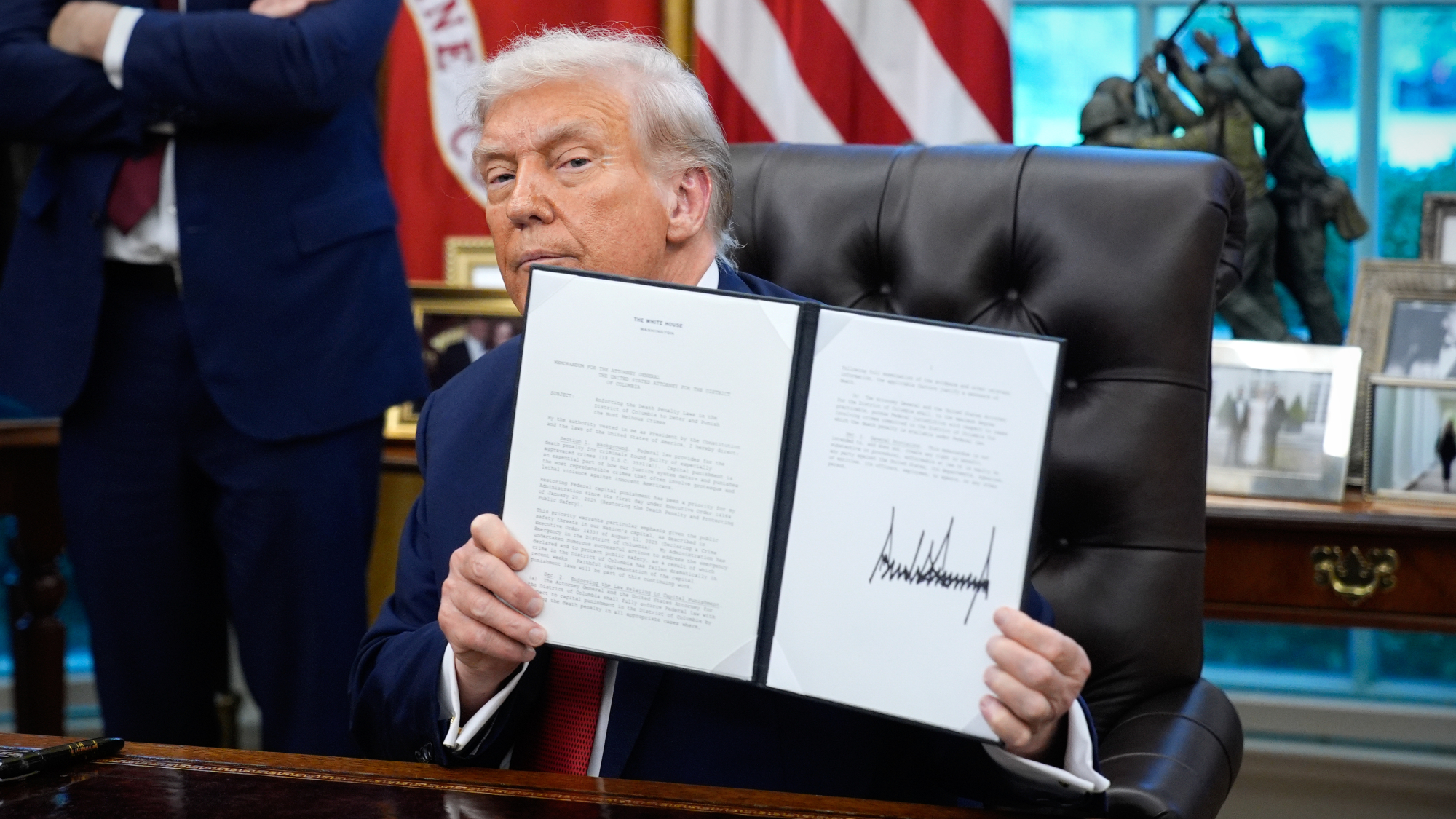 TikTok secures deal to remain in US
TikTok secures deal to remain in USSpeed Read ByteDance will form a US version of the popular video-sharing platform
-
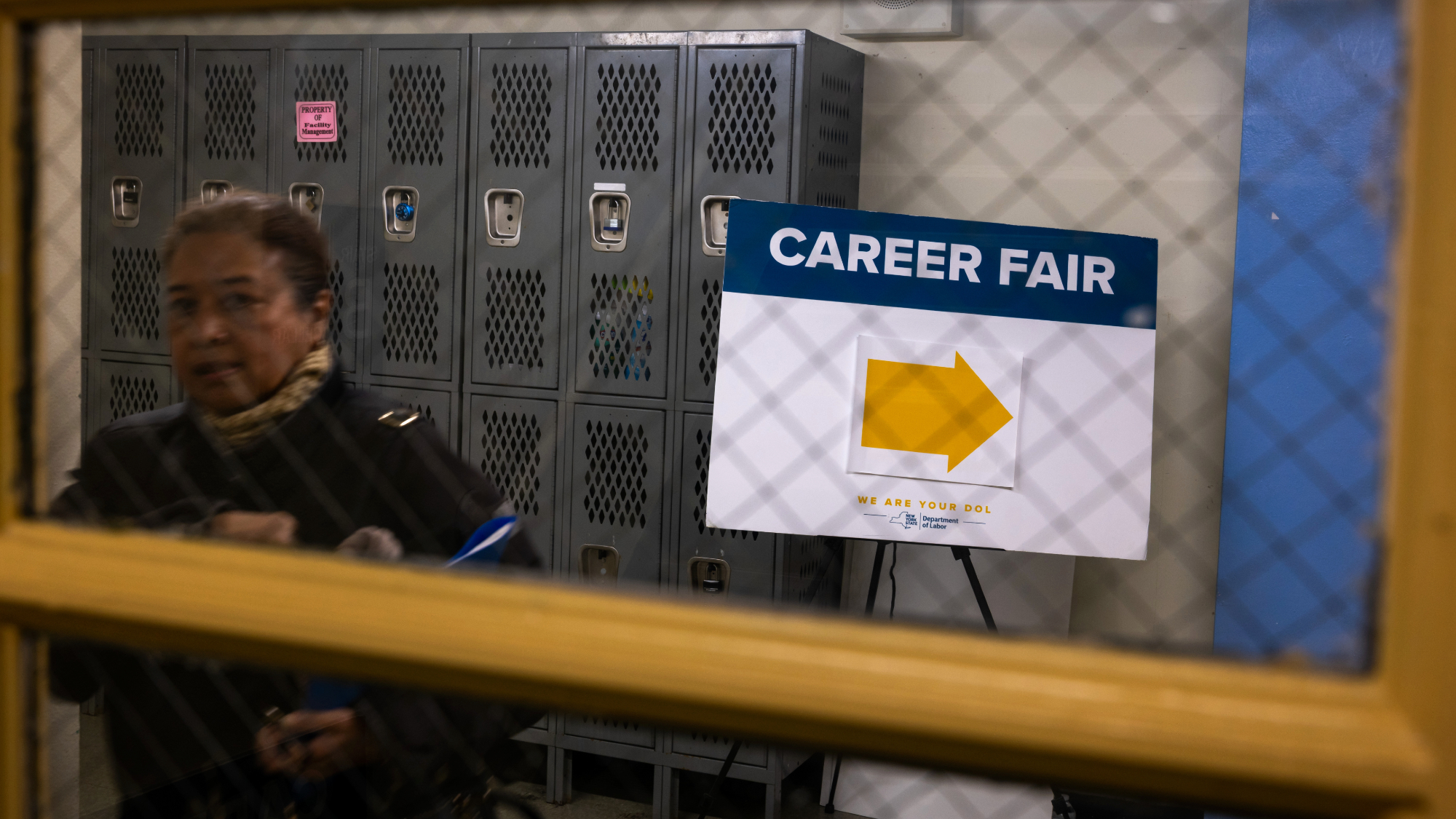 Unemployment rate ticks up amid fall job losses
Unemployment rate ticks up amid fall job lossesSpeed Read Data released by the Commerce Department indicates ‘one of the weakest American labor markets in years’
-
 US mints final penny after 232-year run
US mints final penny after 232-year runSpeed Read Production of the one-cent coin has ended
-
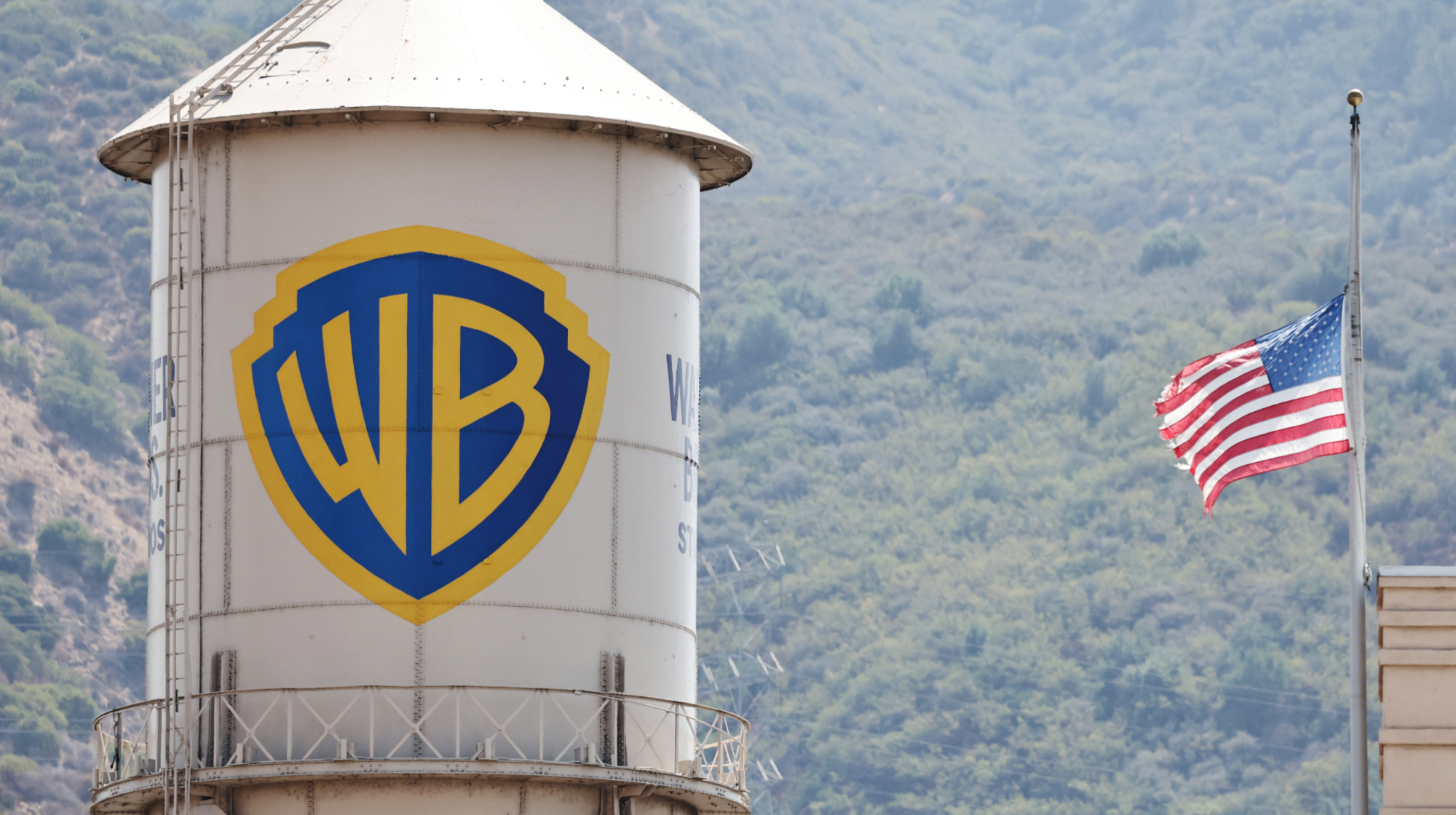 Warner Bros. explores sale amid Paramount bids
Warner Bros. explores sale amid Paramount bidsSpeed Read The media giant, home to HBO and DC Studios, has received interest from multiple buying parties
-
 Gold tops $4K per ounce, signaling financial unease
Gold tops $4K per ounce, signaling financial uneaseSpeed Read Investors are worried about President Donald Trump’s trade war
-
 Electronic Arts to go private in record $55B deal
Electronic Arts to go private in record $55B dealspeed read The video game giant is behind ‘The Sims’ and ‘Madden NFL’
-
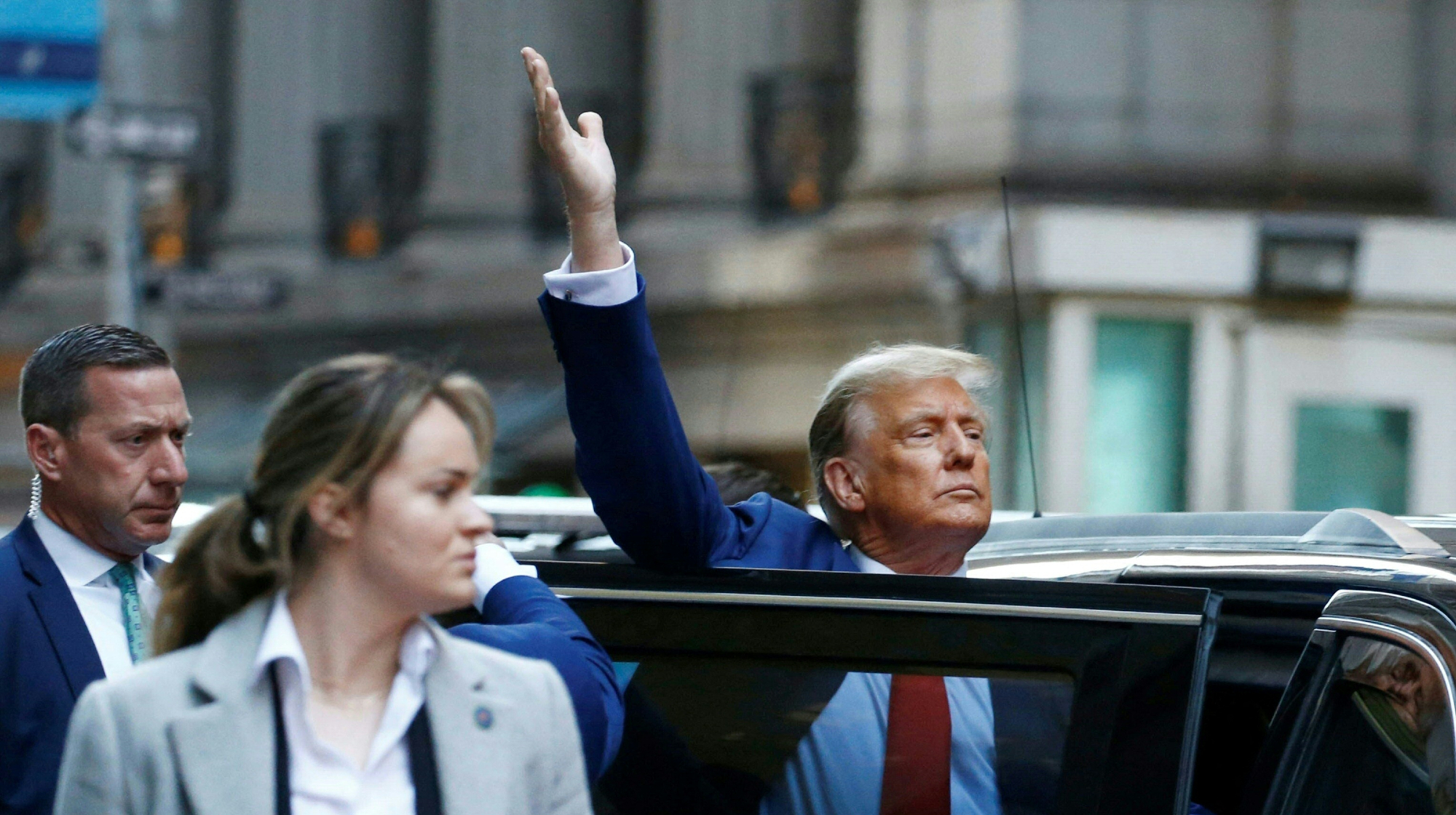 New York court tosses Trump's $500M fraud fine
New York court tosses Trump's $500M fraud fineSpeed Read A divided appeals court threw out a hefty penalty against President Trump for fraudulently inflating his wealth
-
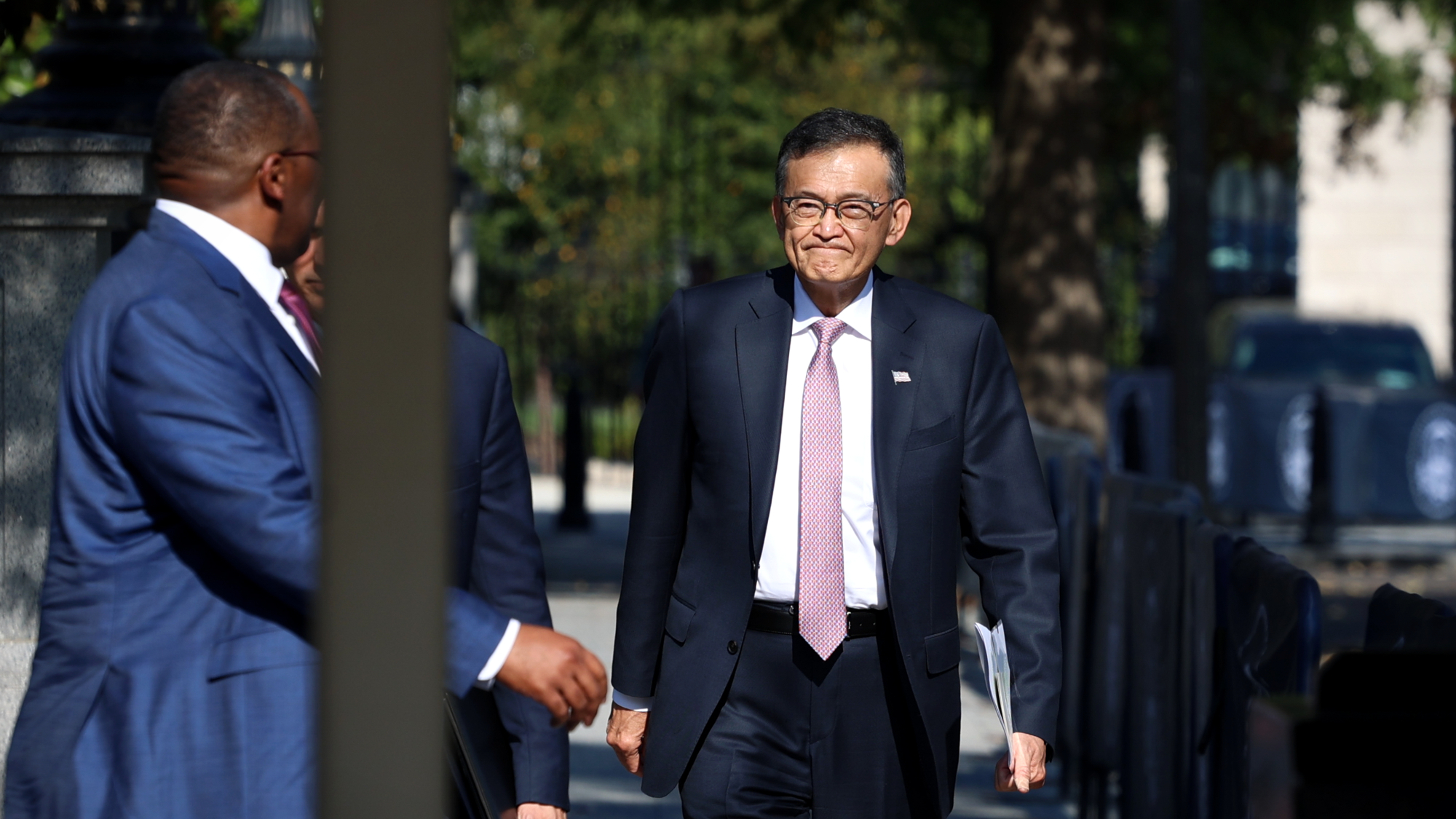 Trump said to seek government stake in Intel
Trump said to seek government stake in IntelSpeed Read The president and Intel CEO Lip-Bu Tan reportedly discussed the proposal at a recent meeting



